
Tongli kaolin dryer is a kind of equipment specially designed for drying kaolin. It can realize high-efficiency drying process while ensuring the quality of materials. Kaolin, also known as porcelain clay or white clay, is an important industrial raw material. It is a natural clay mineral with kaolinite as its main component. It is widely used in ceramics, coatings, fillers and other fields. The equipment adopts a single-layer cylinder structure with a processing capacity of 5-80 tons/hour and a drying temperature of 200-500℃. The working principle of kaolin dryer is to heat kaolin with hot air to make it dry, ensure efficient evaporation of water, and ensure uniform drying of materials.


Efficient Kaolin Drying Solution
A MACHINE YOU CAN DEPEND ON!
Quickly and efficiently dry all kinds of kaolin to ensure uniformity and stable quality. Suitable for handling high-humidity and high-viscosity materials to increase production capacity
Tongli Kaolin Dryer can be customized according to the special needs of customers. Whether it is the size of the equipment, the control of the drying temperature, or the specific material requirements, it can be flexibly adjusted according to the production conditions
Tongli Kaolin Dryer can be customized according to the special needs of customers. Whether it is the size of the equipment, the control of the drying temperature, or the specific material requirements, it can be flexibly adjusted according to the production conditions
Tongli Kaolin Dryer is equipped with an intelligent operating system, and users can easily adjust the equipment operating parameters through the control panel or remote system. For example, by adjusting the hot air temperature, speed and feed speed, the output of the equipment can be adjusted from 10 tons to 50 tons per hour.
| Model | Production Capacity (t/h) | Motor Model | Power (KW) | Gearbox Model | Speed Ratio |
| Φtl1*10 | 1.0-3.5 | Y132M2-6 | 5.5 | ZL350-II-25 | 7.5 |
| φTL1.2*10 | 2.5 | Y160M-6 | 7.5 | ZL50-16-1 | 13.5 |
| φTL1.5*12 | 3.3-4.9 | 180L-6 | 15 | JZQ500-III-2F | 18.9 |
| φTL1.5*15 | 4-6 | Y200L-6 | 18.5 | JZQ650-III-2F | 21 |
| φTL1.8*12 | 4-6 | Y160L-6 | 18.5 | ZQ50-16II-2 | 22.83 |
| φTL2.2*12 | 7-12 | Y200L-6 | 22 | JZQ650-III | 37.6 |
| φTL2.2*14 | 7-12 | Y200L-6 | 22 | JZQ650-III | 40 |
| φTL2.2*16 | 12 | Y225M-6 | 22 | JZQ750-III | 45 |
| φTL2.4*14 | 12 | Y250M-6 | 37 | JZQ850-III | 51 |
| φTL2.4*18 | 10-13 | Y250M-6 | 37 | ZL85-13-1 | 54 |
| φTL2.4*20 | 10-14 | Y250M-6 | 37 | ZL85-13-1 | 54.14 |
| φTL3*20 | 25 | Y280M-6 | 55 | ZL100-16-1 | 78 |
| φTL3*25 | 32-36 | YR280M-4 | 75 | ZL100-16-1 | 104.9 |
Kaolin dryer is an industrial equipment specially used for drying kaolin. Kaolin is a natural clay mineral whose main component is kaolinite. It is widely used in ceramics, papermaking, coatings, plastics, rubber, medicine, cosmetics and other industries.
Since kaolin usually contains a certain amount of moisture during mining and processing, this moisture needs to be removed before further processing or use. Therefore, kaolin dryers play an important role in these industries. Common types of kaolin dryers:
1) Drum dryer: suitable for large-scale, continuous production occasions.
2) Fluidized bed dryer: suitable for drying granular materials, with high drying efficiency.
3) Spray dryer: suitable for drying liquid or slurry materials, and can be quickly dried into powder.
1) Paint manufacturing industry: Kaolin is a filler and thickener commonly used in paints. It can effectively improve the hiding power, brightness and wear resistance of paints. In the paint manufacturing process, kaolin needs to be dried to remove moisture to ensure its stable performance and enhance compatibility with other materials.
Kaolin dryers can quickly reduce the moisture content of kaolin through precise temperature control and efficient drying technology, prevent agglomeration or quality fluctuations, and improve the production efficiency and product quality of paints. Tongli's customers have purchased 5mx60 rotary kilns and 5640 vertical mills to calcine and then grind kaolin for use as paint raw materials.
Ceramic and building materials industry: In ceramic manufacturing, kaolin is the main raw material. After drying, it is easier to shape and fire. In the building materials industry, kaolin is used in coatings, adhesives and wall materials. Its drying quality directly affects the strength and durability of the final product.
Kaolinite is an important clay mineral with the chemical formula of Al4Si4O108 and a molecular weight of 258.16 u. It belongs to the triclinic system and is usually white. Kaolinite has important applications in industry due to its good plasticity, sintering, water absorption and adsorption. Kaolinite has many colors due to the impurities it contains. Its hardness is 2 - 2.5, its density is between 2.60 and 2.63, and it has extremely complete cleavage and earthy luster.
Whiteness is one of the main parameters of kaolin technological performance. High-purity kaolin is white. Kaolin whiteness is divided into natural whiteness and calcined whiteness. This is why kaolin is needed to make white paint
For ceramic raw materials, calcined whiteness is more important. The higher the calcined whiteness, the better the quality. The ceramic process stipulates that drying at 105℃ is the grading standard for natural whiteness, and calcining at 1300℃ is the grading standard for calcined whiteness.
Whiteness can be measured by a whiteness meter. A whiteness meter is a device that measures the reflectivity of light with a wavelength of 3800-7000Å (ie, angstroms, 1 angstrom = 0.1 nanometers). In the whiteness meter, the reflectivity of the sample to be tested is compared with that of the standard sample (such as BaSO4, MgO, etc.), that is, the whiteness value (such as whiteness 90 means equivalent to 90% of the reflectivity of the standard sample).
Brightness is a process property similar to whiteness, equivalent to whiteness under irradiation with light of 4570Å (angstroms) wavelength.
Calcination temperature is a key factor affecting kaolin properties. When calcined at a lower temperature, kaolin has greater activity and is suitable for applications requiring high activity.
As the temperature rises, the crystal water in kaolin is gradually removed, the crystal structure changes, the surface area decreases, and the particle spacing increases. Such changes cause changes in the sintering properties of kaolin
Appropriately increasing the calcination temperature can increase the sintering activity of kaolin, promote the bonding of particles, and improve the strength of the sintered body. However, when the calcination temperature is too high, the reconstruction of the crystal structure and the shrinkage of particles may cause the shrinkage and deterioration of the sintered body, thereby reducing the strength of the sintered body.
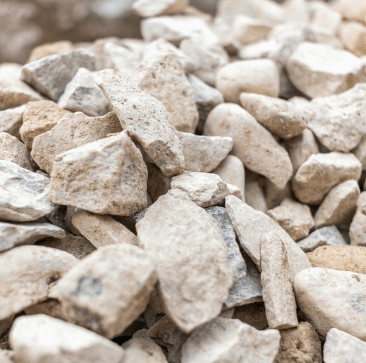
The dryer efficiently dries kaolin clay, reducing moisture for use in ceramics, paper, and paint production

Ideal for drying calcined kaolin, the dryer reduces moisture content, ensuring quality for use in plastics, rubber, and coatings
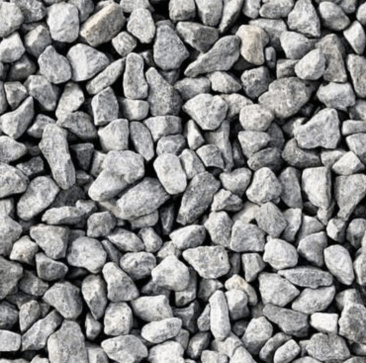
The dryer processes china clay, lowering moisture levels to improve its quality and suitability for industrial applications like ceramics
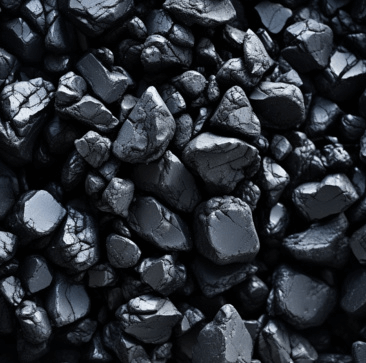
Suitable for drying kaolin powder, this dryer reduces moisture for better handling, storage, and use in various industrial processes
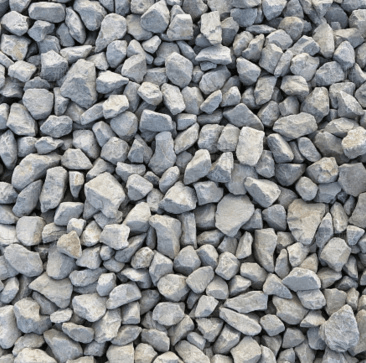
The dryer handles kaolin slurry, effectively reducing moisture for easier processing into dry powder form for use in multiple applications

The dryer processes kaolin used in paints, reducing moisture to enhance the performance and consistency of the final product
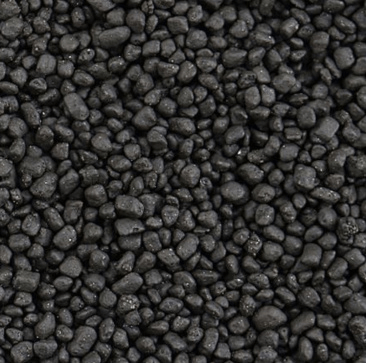
Efficient in drying kaolin for ceramics, the dryer ensures reduced moisture content for improved moldability and firing properties
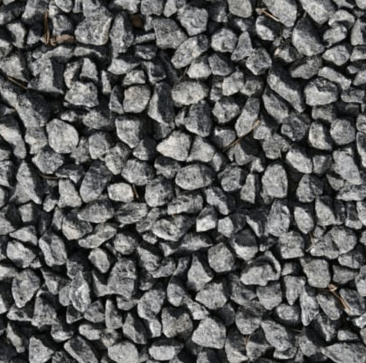
The dryer processes kaolin used in rubber production, ensuring moisture is removed for better quality and consistency in rubber goods
You can get in touch with us through the following contact information
AddressNo. 2289 Huancheng South Road, Tongxiang, Jiaxing, Zhejiang Province, China. Zip code:314500
Please fill in the sales inquiry form and our sales representatives will be in touch shortly.